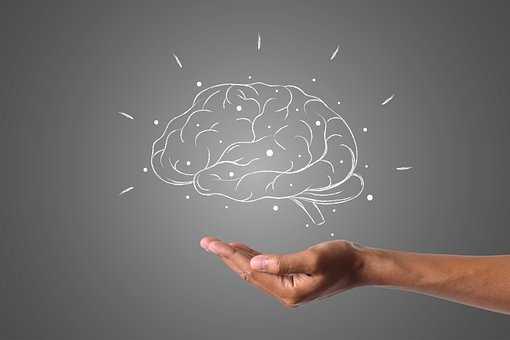This is how your brain constructs emotions
Curated from: popsci.com
Ideas, facts & insights covering these topics:
4 ideas
·2.97K reads
11
Explore the World's Best Ideas
Join today and uncover 100+ curated journeys from 50+ topics. Unlock access to our mobile app with extensive features.
Simulation: The Way The Brain Really Works
Every moment that we are alive, our brain utilizes concepts to simulate the surrounding environment, practically creating ‘our’ world.
At any given moment, our brain tries to reconstruct, guess or compute what’s happening in the world using simulation. There is a lot of noisy, ambiguous information from our senses, which our brain uses to construct a simulation, and derive meaning from a fraction of the information(which seems relevant) while discarding the rest.
161
977 reads
Simulation: A New Era Of Psychology And Neuroscience
- Simulation is the standard, default mode for all brain activity.
- Discovered in the 1990s, simulation is what psychologists and neuroscientists mistook as ‘reactions’ to what we see, hear, touch, smell or taste.
- We automatically use simulation for thinking, understanding language, feeling empathy, remembrance, imagination, dreams and the ability to perceive.
148
744 reads
The Signal Computing Process
Using the ability to simulate the brain gathers outside information and integrates it with what it already knows and what is associated with it.
Then it combines these signals and computes in various ways to perceive and guide the corresponding action.
133
620 reads
Emotions: The Product of Sensory Input
Just like our senses, our body has signals like breathing, heartbeat, metabolism and other internal movements that may be considered a source of sensory input for the brain. This, when mixed with our original sensory inputs like touch, sight and hearing, can create emotions.
Example: a stomachache can be seen as meaning something else just with the accompanying signal being good (a lover coming to see you) or bad (sniffing something horrible).
140
629 reads
IDEAS CURATED BY
If you don't measure it, you can't improve it. Working on my own personal gols and objectives.
Morgan E.'s ideas are part of this journey:
Learn more about personaldevelopment with this collection
How to find purpose and meaning in life
How to cultivate gratitude
Techniques for managing negative thoughts
Related collections
Similar ideas
6 ideas
1 idea
5 ideas
Read & Learn
20x Faster
without
deepstash
with
deepstash
with
deepstash
Personalized microlearning
—
100+ Learning Journeys
—
Access to 200,000+ ideas
—
Access to the mobile app
—
Unlimited idea saving
—
—
Unlimited history
—
—
Unlimited listening to ideas
—
—
Downloading & offline access
—
—
Supercharge your mind with one idea per day
Enter your email and spend 1 minute every day to learn something new.
I agree to receive email updates

